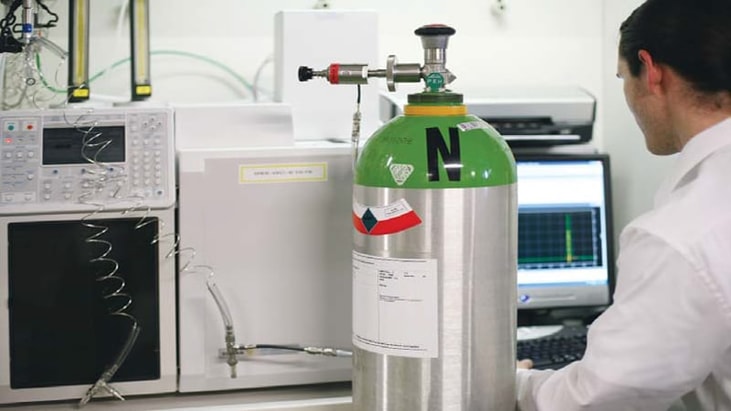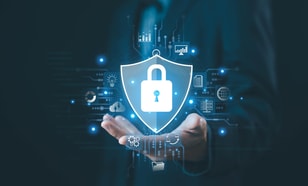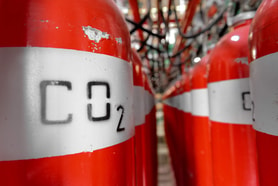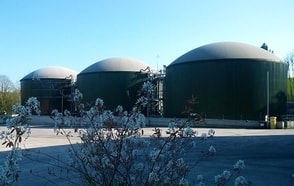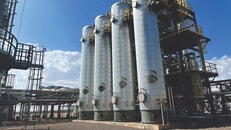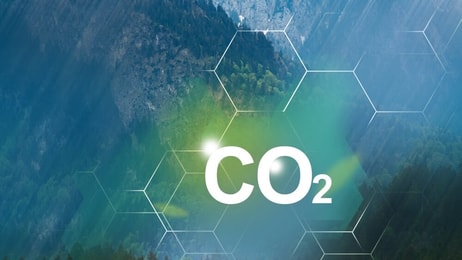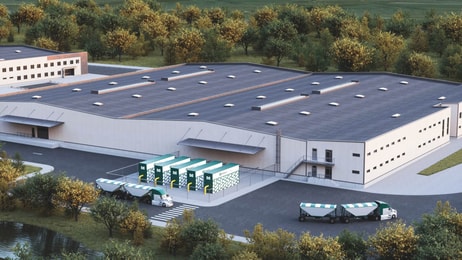Emissions Monitoring and Detection
Requirements for reducing air pollution emissions have been evolving over the past couple of decades and today, are an intricate mix of limits, targets, and caps. In many parts of the world, industries emitting pollutants must not only comply with rigid emission limits, but also need to provide emissions data to numerous different agencies and bodies in order to comply with disparate legislative formats and reporting systems at the regional, national, and international level — and legislation is going to get increasingly stringent.
The global community is working to improve cooperation between emitting sources and monitoring systems, and the legislation these systems support, in order to reduce the number of serious pollutants being released into the air, soil, and water. This collective action will help mitigate the negative impacts of emissions on human health and their adverse affects on the environment in coming years.
What this means for industry is that more pollutants will require monitoring from a greater number of emitting sources. For example, mercury (Hg) is rapidly moving up the agenda in the European Union (EU), the US, and Asia in advance of the legally binding United Nations EP Global Treaty on Mercury to be implemented in 2013. Advanced systems and methods will be required to measure lower and lower concentrations of pollutants as emission limits tighten. Increased accuracy will become paramount as pollutants, such as nitrous oxide (N2O), methane (CH4), and possibly Hg, are introduced to trading markets in the EU and US. Once a monetary value comes into play with trading, measurement accuracy becomes an economic target as well as an environmental one.
For those industrialised member states, including energy and emissions giant Russia, the Kyoto Protocol has already established legally binding commitments for the reduction of greenhouse gases (GHGs) down to 1990 levels by 2012. The Protocol also established a global carbon trust incorporating market-based mechanisms that can assign concrete financial values to each tonne of GHG emission. Although countries such as Russia still lack longer-term energy strategies to enable them to participate fully, the potential to benefit financially from selling surplus emission reduction credits to the EU and other member states internationally places even greater importance on emissions measurement and evaluation.
... to continue reading you must be subscribed

